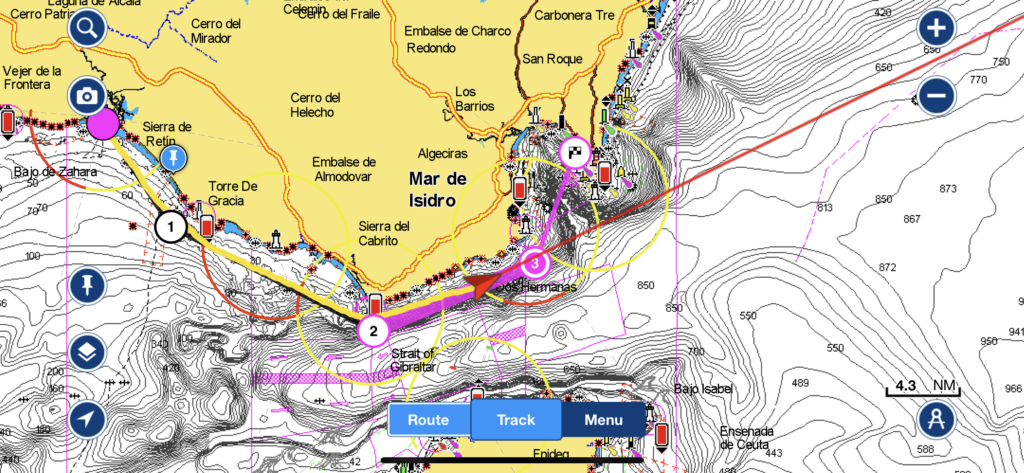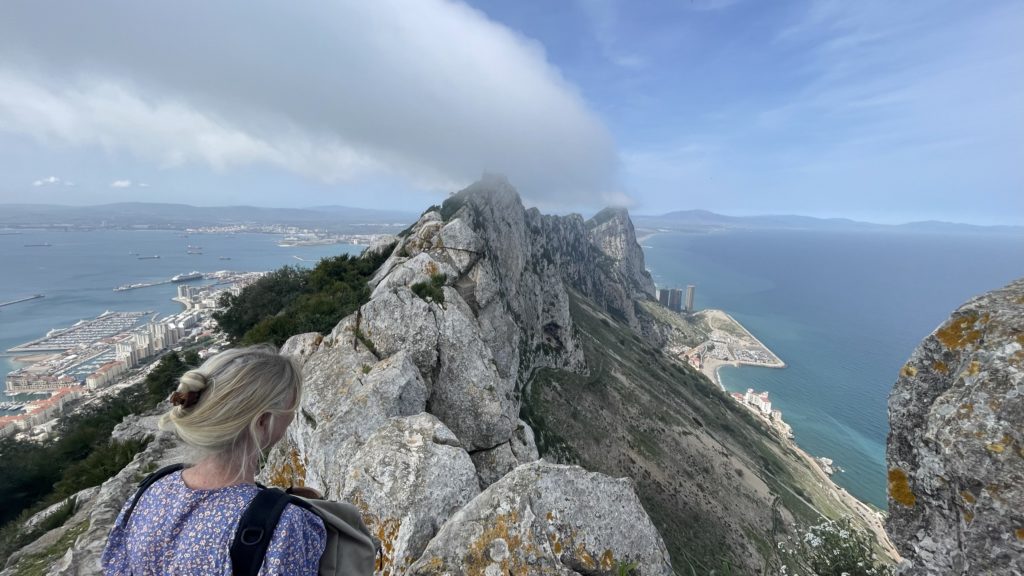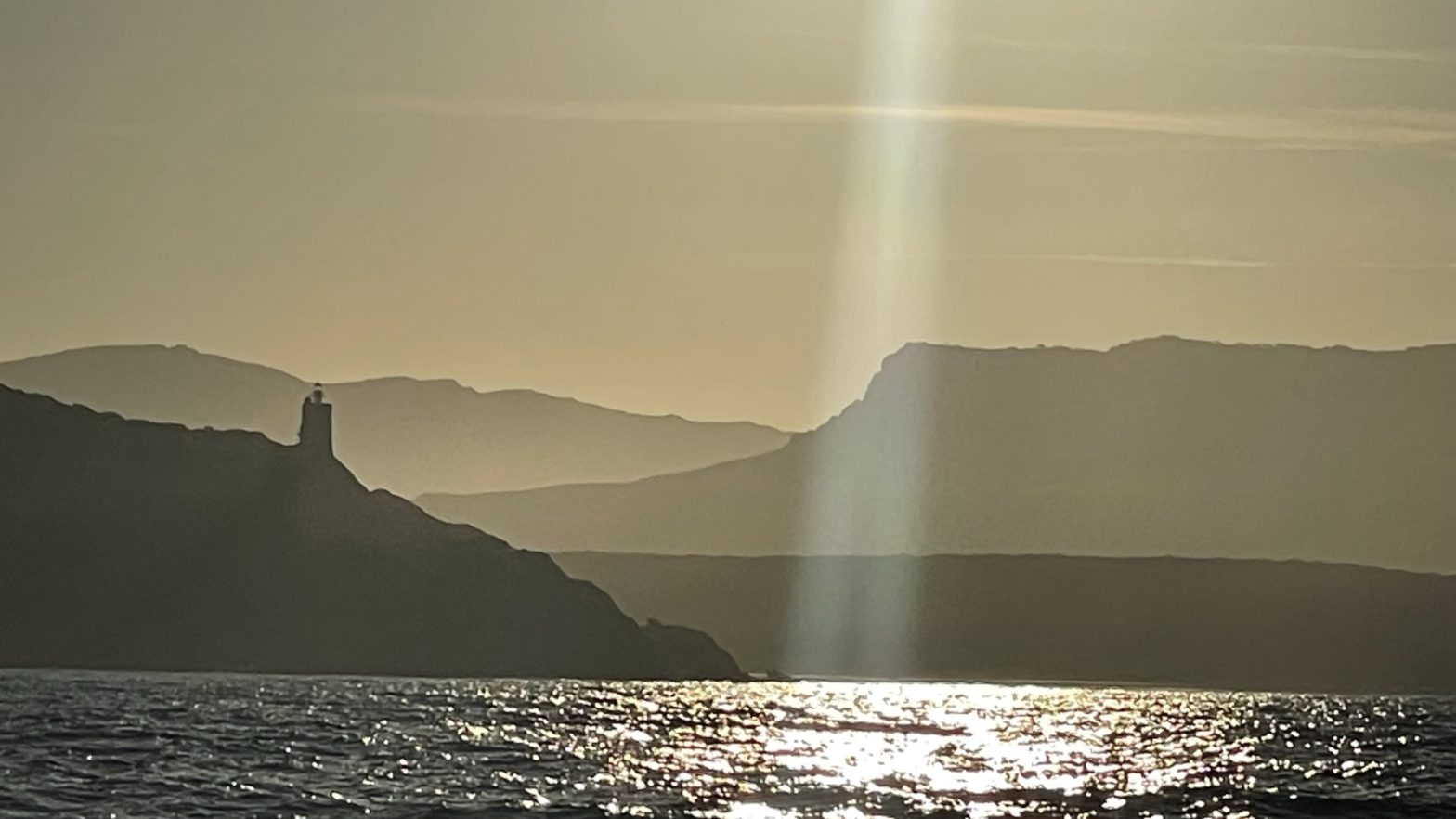The famous white villages of the national parc ‘sierra de Grazalema’ lured us into mainland Andalucia. By car we visited the beautiful mountain range strewn with picturesque pueblos blancos. The villages have been inhabited by Romans, Moors and Visigoth and have been painted white since the 14th century. Their steep and narrow alleyways make it easy to imagine the medieval times in which the people of the villages traded and tended to their farms.
Back to the water and Kabaal brought us safely to Barbate. This was a bit lucky because later we learned that two boats had been attacked by orca’s just outside this harbour on the same day and they sadly had to say goodbye to their rudder. Many attacks have followed since but we safely reached the Mediterranean in the mean time. (spoiler;)
As it happened my brother and sister in law, Albert and Marta, were down from Madrid in their holiday home near Barbate and they drove straight on to the harbour to meet us. Their lovely place is a Spanish house on the beach in Zahara de los Atunes and Tuna we ate! It was delicious and came from the Almadraba, the large tunny nets just off the beach of Zahara.

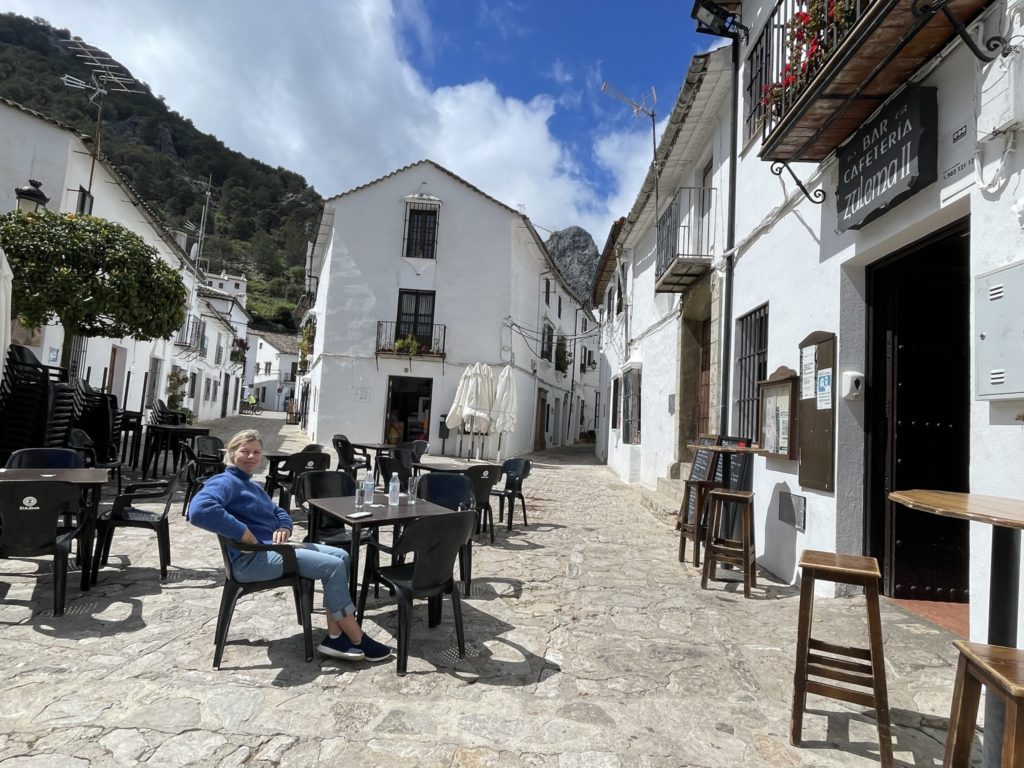

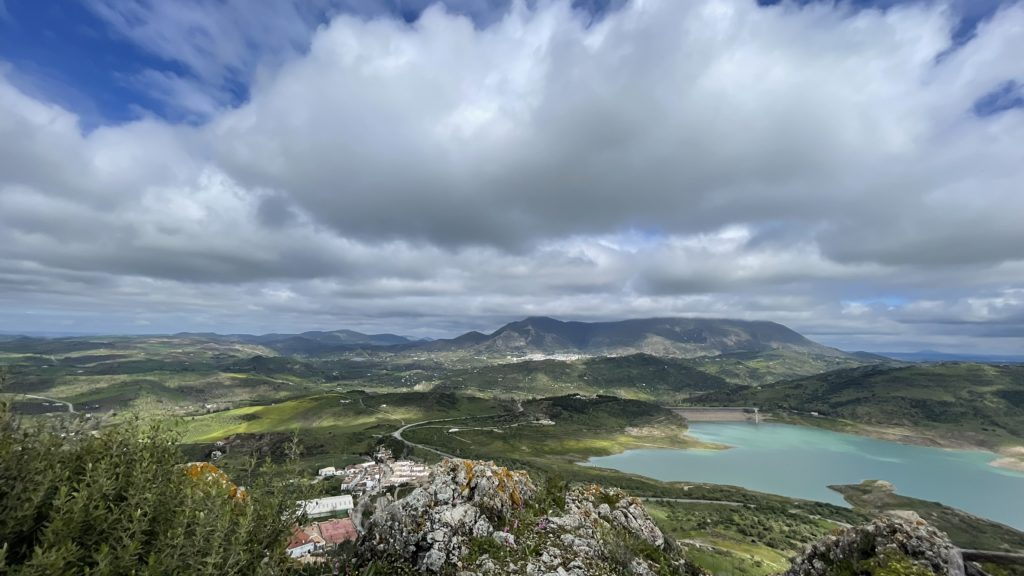
There was more to see: when Marta had to work Albert showed us the area around Zahara. We went to the market and he let me try some more delicious tuna called Mojama it has been salted, pressed and dried and the taste is heavenly. No more tataki for me, I am spoiled forever.
Friday evening and Marta was free. The four of us drove to Vejer de la Frontera where we enjoyed the beautifully restored white houses and had a traditional Moorish tea.


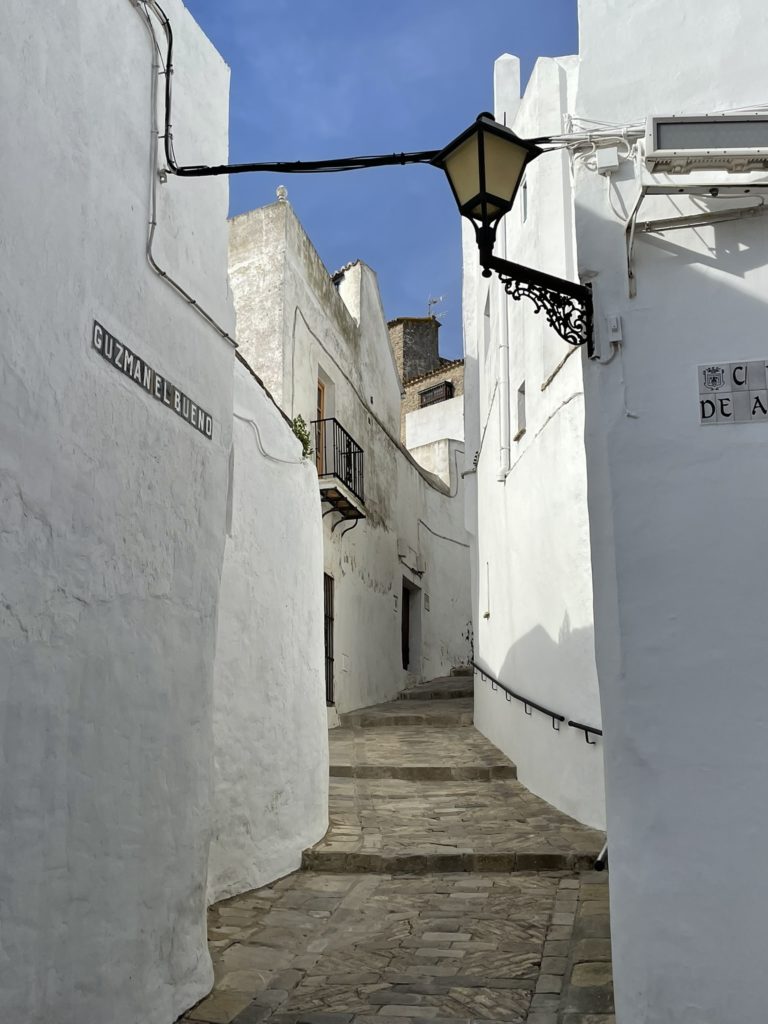

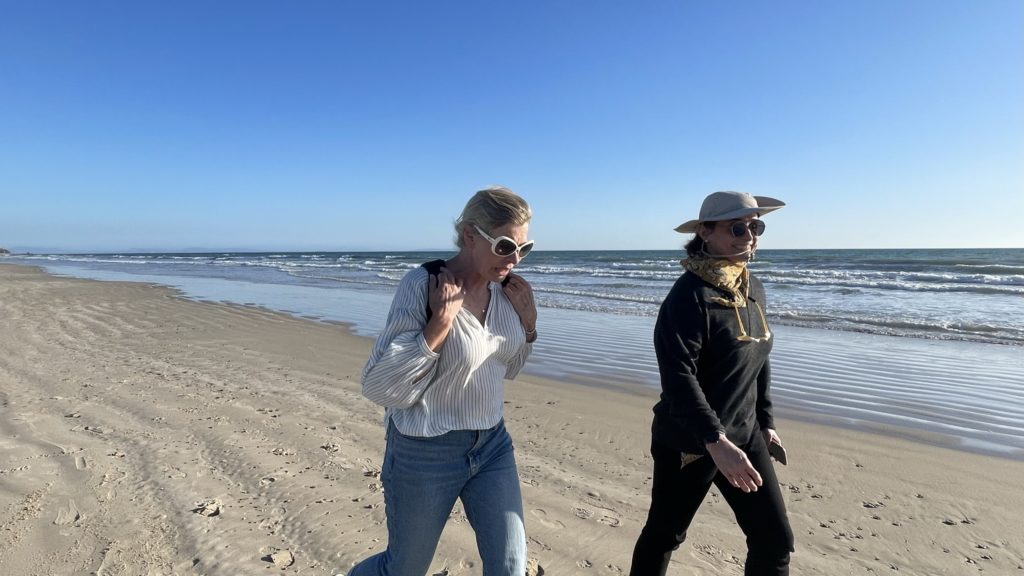
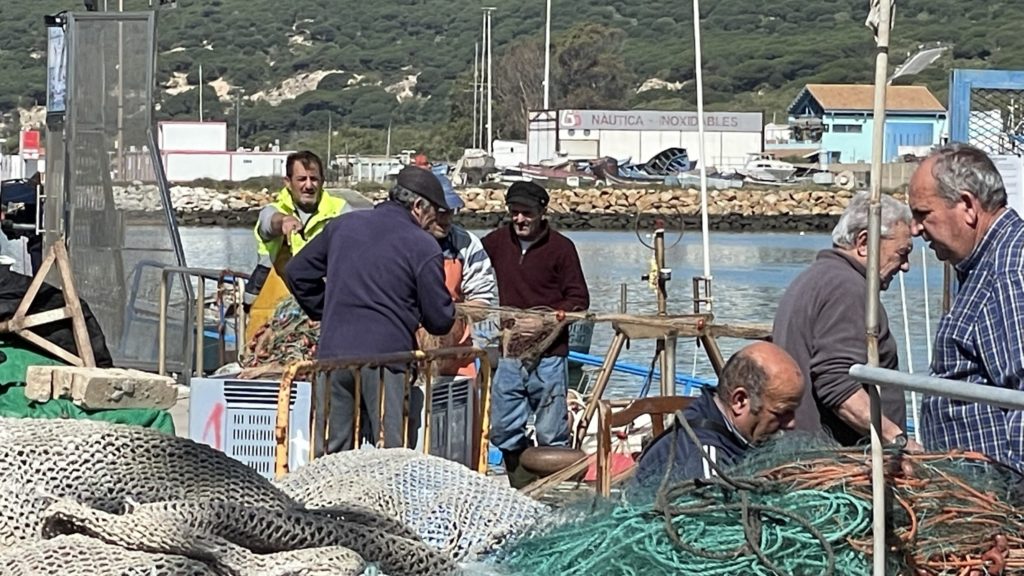
On to the famous strait of Gibraltar with a nice leisurly wind. No heavy wind gusts or wild water for us in that strait, we had time to admire the sight of the two continents magically getting closer and closer to almost meet. It was quite impressive to sail in this place between the rock of Gibraltar and the Jebel Mussa and be aware that innumerable ships have been passing the same place for centuries past.
